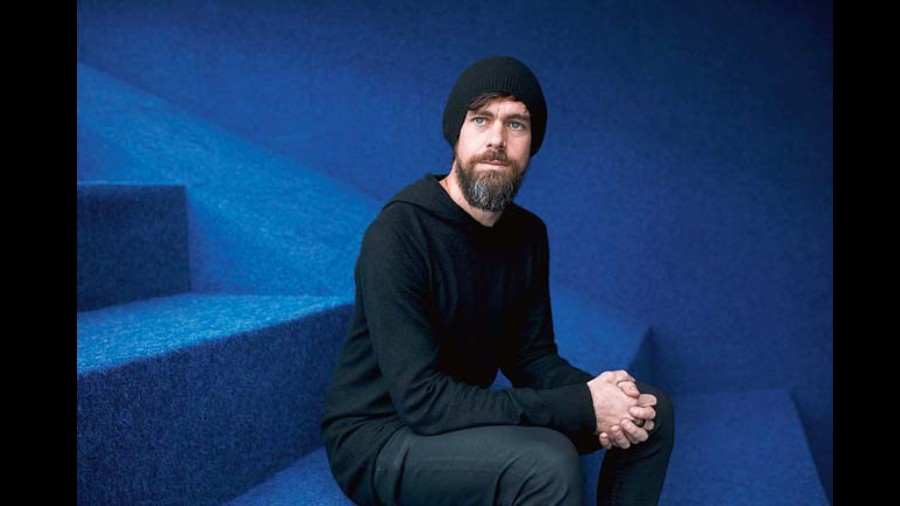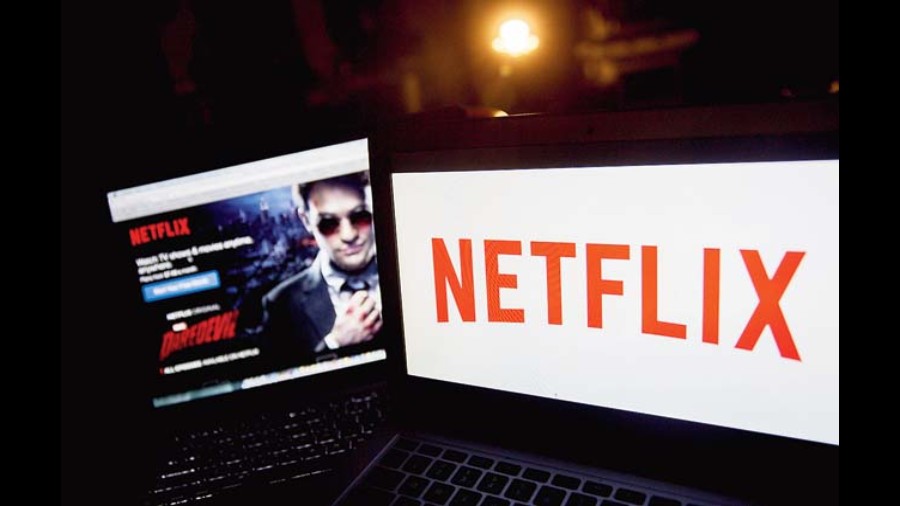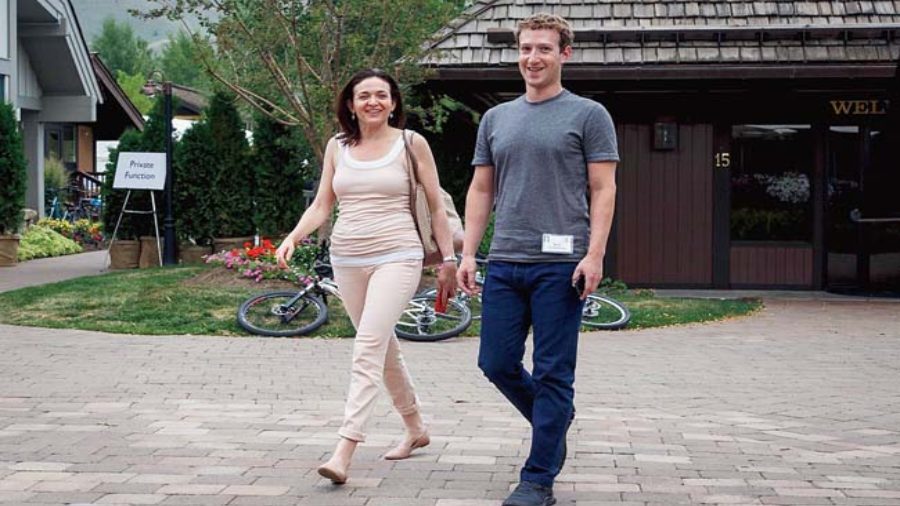Going global
Facebook (now Meta) took its early steps in 2004 but 2007 proved to be a defining year. Founder Mark Zuckerberg debuted Facebook Ads and Pages for brands in November 2007. “For the last hundred years media has been pushed out to people but now marketers are going to be a part of the conversation,” Zuckerberg said. The rollout of the Facebook Platform, which allowed developers to build games and other apps that integrated with Facebook, took place in 2007. Perhaps the biggest moment was when Zuckerberg met Sheryl Sandberg, then a Google executive, at a party in Silicon Valley in 2007. She knew how policymakers functioned in Washington. A year later, she joined Facebook as chief operating officer and there was no looking back.
The world changed

MacWorld attendees look over an iPhone on display during MacWorld in San Francisco on January 9, 2007. This gadget changed our relationship with the Internet.
It was a gamble for Apple that paid off. When Steve Jobs unveiled the iPhone in January 2007, he introduced a technology that users were not familiar with and Apple had not made before. In fact, he had a prototype that somehow functioned. All he knew was that the iPhone wouldn’t go on sale for another six months during which his teams had to spruce up the delivery chain, iron out chinks in the software and ensure that quality wouldn’t be an issue. What followed was a fairy-tale run that stumped all expectations, even that of the company.
The unveiling had a magical charm. When he demonstrated the phone he wanted the phone’s screen mirrored on the big screen, something that was innovative in itself. Most companies would have pointed the camera at the phone but no, Jobs didn’t want his finger shown on the screen. A special circuit board had to be accommodated to achieve the set-up.
All problems were soon overcome, marking the start of a societal revolution. Think selfies: adding a front-facing camera to the iPhone 4 in 2010 made the selfie go viral. Think photography: suddenly people had a top-quality camera in their pockets. Think living on the Internet: the iPhone ensured we were always online.
Larry the Bird

Jack Dorsey, Twitter co-founder
Yes, that’s the name of the bird in the Twitter logo. The microblogging platform started its journey in 2006 but it wasn’t until next year’s South by Southwest festival that it became a sensation, with people signing on in large numbers. It was about expressing one’s thoughts in 140 characters, which was a nod to the character limits placed on early text messages. Since SMS messages had a 160-character limit while Twitter wanted users to be able to post messages via phone, with enough room for a username, the platform restricted it to 140 characters, which became its identifying feature. Only in 2017 co-founder Jack Dorsey (who has now left the company) decided to increase it to 280 characters.
Binge watching

Netflix moved to a streaming business model
Good old cable TV days were about to end when Netflix, which was founded in 1997as a DVDs-by-mail business, decided to make good use of the Internet, in 2007. It told subscribers that at no additional charge, they will be able to watch movies on their computer, a process that would take only seconds to begin. The service, which took over $40 million to roll out across its network, began with about 1,000 titles. And that changed TV viewing experience forever.
Meet Android

HTC Dream was the first commercially released device to use the Linux-based Android operating system, which was unveiled in 2007
The potential of the iPhone was being scrutinized in detail and Google decided to jump in with a plan to transform the software at the heart of cellphones. Based on Linux, Android promised to offer an open platform for developers to create their own applications for a wide range of mobile devices. So it wasn’t about building a phone but helping everyone to build a phone. Unveiled in 2007, the first Android-equipped phones appeared in 2008.
Kindle comes alive

The first Kindle from 2007.
Amazon was already a huge name, so when Jeff Bezos unveiled the e-reader called Kindle in November 2007 everyone knew the world of ebooks wouldn’t remain the same. There were detractors — books were cheaper, will remain readable for centuries and could survive drops. Well, $400 was a lot of money for an electronic book reader but the Kindle store catalogue had 90,000 books, including 101 of the 112 then listed as New York Times bestsellers… at one’s fingertips.










